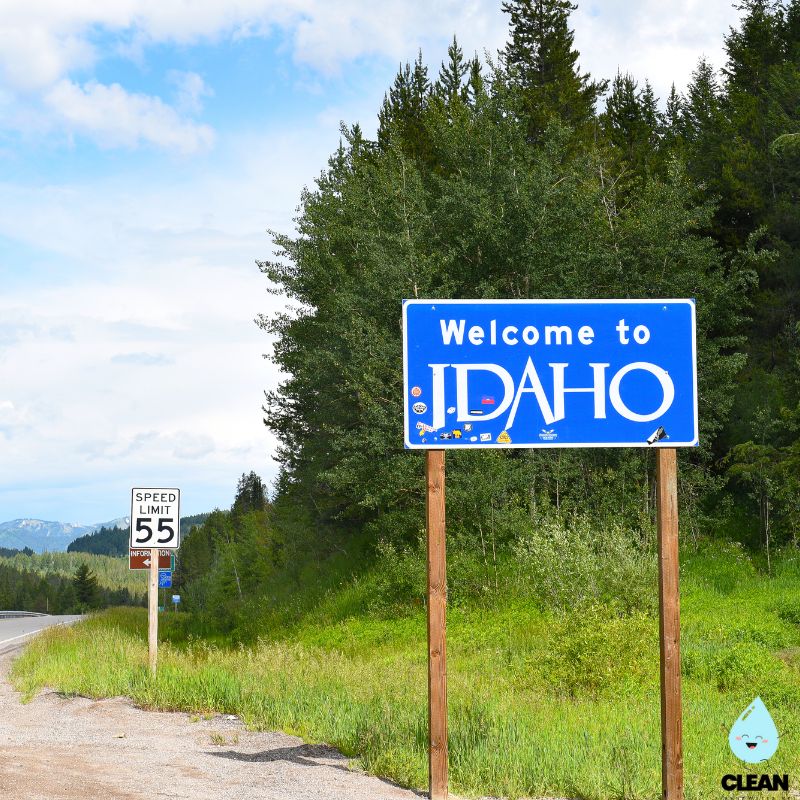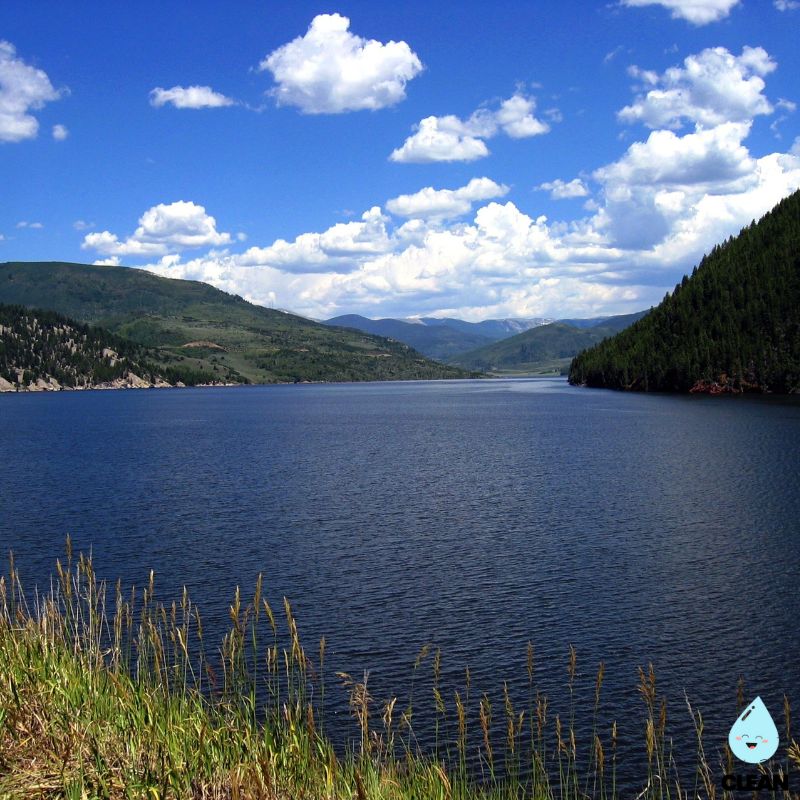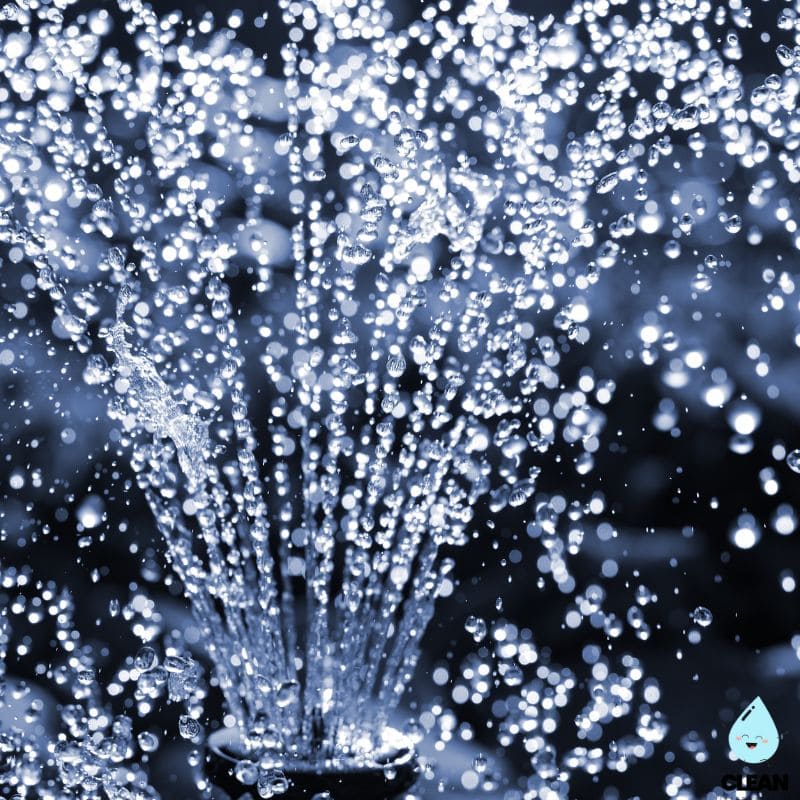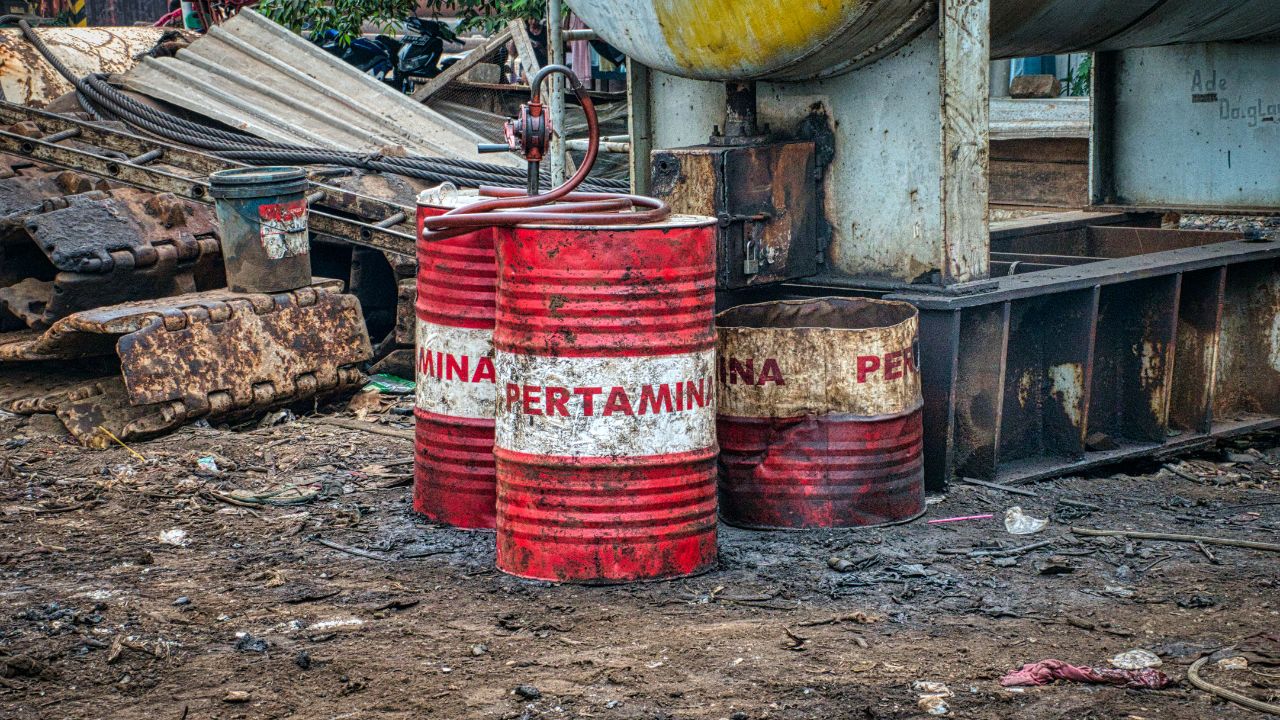Idaho Water Quality at a Glance
limited concerns
Is Idaho Water Safe to Drink?
Generally Yes, With Regional Caution – Most Idaho water systems meet federal standards and the state shows limited PFAS contamination compared to national averages. Primary concerns are nitrate and arsenic in groundwater, particularly in southern Idaho’s agricultural regions. Rural well owners should test regularly since 5% of sites exceed nitrate limits and some areas have elevated arsenic and uranium levels.
⚠️ Key Concerns for Idaho Residents
- Nitrate Contamination: 5% of groundwater sites exceed 10 mg/L limit; 33% show elevated levels from agricultural runoff
- Arsenic & Uranium: Natural geological deposits cause elevated levels in some areas, particularly southern Idaho
- PFAS “Forever Chemicals”: Detected in Treasure Valley (Boise, Meridian, Eagle) but generally below harmful levels
- Rural Well Water: Private wells not regulated – annual testing recommended for nitrate, arsenic, and bacteria
Read the full report below for detailed analysis, regional data, and specific recommendations for Idaho residents.
Idaho – The Gem State – Water Quality Report 2025: PFAS Testing, Infrastructure Concerns & Safety across your state
Idaho’s water infrastructure serves approximately 2 million residents across diverse geographical regions, from the northern mountains and forests to the volcanic Snake River Plain in the south. The state operates through a network of approximately 1,960 public water systems, ranging from large municipal utilities serving growing metropolitan areas like Boise and Coeur d’Alene to smaller rural systems providing essential services to agricultural communities. Idaho’s water sources are dominated by groundwater (95% of supply), with the massive Eastern Snake Plain Aquifer and Spokane Valley-Rathdrum Prairie Aquifer serving as critical water sources, supplemented by surface water from the Snake, Boise, and other river systems.
Despite abundant water resources from mountain snowpack and extensive aquifer systems, Idaho faces emerging infrastructure challenges as one of the nation’s fastest-growing states. According to the American Society of Civil Engineers’ 2018 Infrastructure Report Card, Idaho’s drinking water infrastructure received a C- grade, highlighting aging systems, funding needs, and the challenge of serving rapid population growth. The state has received $18 million in federal infrastructure investments from the Biden-Harris Administration’s Bipartisan Infrastructure Law specifically to address emerging contaminants like PFAS, focusing on drinking water safety, PFAS monitoring and treatment, and water system modernization. Idaho’s commitment to water stewardship is demonstrated through proactive PFAS testing programs, groundwater protection measures, and strategic water agreements ensuring sustainable supplies for agricultural, municipal, and industrial users.

Idaho Water Quality: Current Status (2024-2025)
Statewide Compliance and Testing
- Overall Compliance: The majority of Idaho’s 1,960 public water systems meet federal Safe Drinking Water Act standards, with excellent groundwater quality providing clean, bacteria-free water to most communities.
- PFAS Monitoring Leadership: Idaho has emerged as a proactive leader in voluntary PFAS testing, with comprehensive monitoring from 2021-2024 revealing generally low contamination levels, with some detections in the Treasure Valley and limited concerns near military installations like Mountain Home Air Force Base.
- Infrastructure Investment: $18 million in federal funding through the Bipartisan Infrastructure Law has been allocated to Idaho specifically for emerging contaminant monitoring and treatment, with additional water infrastructure improvements funded separately.
Major Water Sources and Challenges
- Eastern Snake Plain Aquifer: Idaho’s largest aquifer covering 10,800 square miles, providing drinking water to approximately 300,000 people with generally excellent water quality, though facing nitrate concerns in some agricultural areas and declining water levels due to drought and increased demand.
- Spokane Valley-Rathdrum Prairie Aquifer: Designated as both an EPA sole source aquifer (1978) and Idaho’s only sensitive resource aquifer (1997), providing pristine drinking water to northern Idaho communities with the highest level of environmental protection.
- Rapid Growth Challenges: As one of the nation’s fastest-growing states with population exceeding 2 million in 2024, Idaho faces infrastructure capacity pressures requiring strategic planning and investment to serve expanding populations while maintaining water quality standards.
Emerging Contaminant Response
- PFAS Regulation Preparation: While PFAS detections in Idaho remain generally low compared to national averages, water utilities are preparing for new EPA drinking water standards taking effect in 2027, with voluntary testing programs showing most systems below detection limits.
- Proactive Testing Programs: Idaho Department of Environmental Quality conducted comprehensive PFAS sampling from 2021-2024 using federal grant funding, with detections primarily in Treasure Valley areas (Boise, Meridian, Eagle) mostly below 4 parts per trillion.
- Military Site Monitoring: Enhanced monitoring and remediation efforts are ongoing at military installations where firefighting foam use has led to elevated PFAS levels, including infrastructure improvements at Mountain Home Air Force Base through the Snake River Water project.
Agricultural and Rural Communities
- Groundwater Quality Management: Idaho has established comprehensive groundwater management plans, particularly for the Eastern Snake Plain Aquifer through the 2009 CAMP legislation, balancing agricultural irrigation needs with water quality protection.
- Nitrate Monitoring: While most of Idaho enjoys excellent groundwater quality, 5% of statewide groundwater monitoring sites exceed the 10 mg/L nitrate limit, with 33% showing elevated levels (2-10 mg/L) primarily in southern Idaho’s agricultural regions.
- Water Rights and Conservation: Recent water agreements between surface and groundwater users, including the 2015 ESPA settlement, focus on aquifer recharge and sustainable water supplies while protecting aquifer health for current and future generations.
Looking Forward: 2025-2030
Idaho’s water quality landscape benefits from abundant, high-quality groundwater resources and proactive management practices. As one of the fastest-growing states in the nation, Idaho faces the challenge of maintaining excellent water quality while accommodating rapid population growth. The state’s voluntary PFAS monitoring programs, strategic water agreements, and federal infrastructure investments position Idaho well for addressing emerging challenges. Success will require continued collaboration between state agencies, water utilities, agricultural users, and growing communities to ensure that all Idahoans continue to enjoy safe, reliable water access while preserving the state’s precious groundwater resources for future generations.
Recommendations for Idaho Residents

Know Your Water Source
Contact your water utility to request annual consumer confidence reports and learn about your local water source. Use Idaho DEQ’s Drinking Water Watch application to access current testing data and compliance information for your public water system.

Support Water Infrastructure
Stay informed about local water infrastructure needs as Idaho continues rapid growth. Support utility investments in system upgrades and expansion necessary to maintain excellent water quality for growing communities.

Protect Groundwater Quality
Help protect Idaho’s precious groundwater resources through responsible practices like proper disposal of household chemicals, supporting sustainable agriculture, and conserving water to maintain aquifer levels.

Report Water Quality Concerns
Contact your local water utility immediately for taste, odor, or color concerns. Report suspected contamination to Idaho DEQ regional offices for investigation and follow-up to protect public health.

Practice Water Conservation
Support Idaho’s water sustainability by implementing conservation measures and efficient irrigation practices. Help maintain aquifer levels and system reliability as the state continues to experience rapid population growth.
Idaho Cities We Cover
Boise Water Quality
Comprehensive analysis of Boise water systems, including United Water Idaho and municipal sources. Covers groundwater quality from deep aquifers, PFAS monitoring results, and infrastructure modernization efforts in Idaho’s capital city.
Frequently Asked Questions
Is Idaho’s tap water safe to drink?
Yes, Idaho’s tap water is generally excellent and safe to drink. The state’s public water systems consistently meet federal drinking water standards.
Idaho benefits from high-quality groundwater sources that provide 95% of the state’s drinking water supply. The Idaho Department of Environmental Quality oversees approximately 1,960 public water systems, ensuring comprehensive testing and compliance with federal standards. Water quality is exceptionally good due to natural filtration through volcanic rock formations and protection of source water areas. While PFAS monitoring has detected low levels at some locations in the Treasure Valley and near military installations, most Idaho communities enjoy some of the cleanest drinking water in the nation.
What makes Idaho’s groundwater so clean?
Idaho’s groundwater quality benefits from unique geological formations and natural protection from contamination.
The state’s major aquifers, particularly the Eastern Snake Plain Aquifer, are formed by porous volcanic basalt rock that provides excellent natural filtration. Mountain snowpack recharge and minimal industrial development in recharge areas help maintain pristine water quality. The Spokane Valley-Rathdrum Prairie Aquifer in northern Idaho receives the highest level of federal protection as both a sole source aquifer and Idaho’s only “sensitive resource” aquifer. Idaho’s proactive groundwater management, including comprehensive monitoring programs and the 2009 ESPA management plan, helps preserve these valuable water resources for current and future generations.
How can I access my local water quality information?
Idaho residents have several resources to access comprehensive water quality information:
• Consumer Confidence Reports: Contact your water utility directly for their annual water quality report, which details all testing results and source information
• Drinking Water Watch: Use Idaho DEQ’s online database to access real-time testing results and compliance information for your local water system
• Private Well Testing: For private well owners, Idaho’s public health districts offer testing services and guidance on water quality parameters
• PFAS Information: Idaho DEQ maintains public information on voluntary PFAS testing results and provides guidance for concerned residents
How is Idaho preparing for rapid population growth?
As one of the nation’s fastest-growing states, Idaho is taking proactive steps to ensure water infrastructure keeps pace with population growth:
Strategic Investment: $18 million in federal infrastructure funding specifically for emerging contaminants, plus additional water system upgrades and capacity expansion
Aquifer Management: Comprehensive groundwater management plans, including the 2009 ESPA legislation and ongoing recharge programs, protect long-term water supplies while accommodating growth
System Modernization: Water utilities are upgrading treatment facilities and distribution networks to serve expanding communities
Water Rights Planning: Recent agreements like the 2015 ESPA settlement between agricultural and municipal users ensure sustainable water allocation as demographics shift
Idaho’s approach balances growth accommodation with resource protection, ensuring that excellent water quality is maintained even as the state welcomes new residents and businesses.
Quality News About Your Water
Get the comprehensive water quality news coverage you need with our dedicated US Water News Service. From coast to coast, we deliver in-depth reporting and expert analysis on PFAS contamination, EPA regulatory changes, infrastructure developments, and emerging water safety issues affecting communities nationwide. While mainstream media only covers the biggest stories, we provide the detailed, ongoing coverage that helps you understand the full scope of America’s water challenges. Whether you’re a concerned citizen, water professional, or community leader, our daily updates and analytical insights keep you informed about the issues that matter most to public health and environmental safety.
Contaminants of Concern

PFAS “Forever Chemicals”
Source: Firefighting foam use at military installations (Mountain Home Air Force Base showed levels 2-17x EPA limits in 2018, Gowen Field), some industrial activities, and consumer products
Health Effects: Linked to cancer, liver damage, immune system suppression, high cholesterol, and developmental effects in children
Current Status: Most Idaho water systems show non-detectable or very low PFAS levels. Limited detections in Treasure Valley areas (Boise, Meridian, Eagle) mostly below 4 ppt. Elevated concentrations near military installations are being addressed through remediation projects. EPA Limits: New standards of 4 parts per trillion for PFOA and PFOS take effect in 2027

Agricultural Nitrates & Natural Contaminants
Source: Fertilizer application, animal waste, and intensive agricultural practices primarily in southern Idaho’s agricultural regions, plus naturally occurring arsenic and uranium from geological formations
Health Effects: High nitrate levels can cause methemoglobinemia (blue baby syndrome) in infants; arsenic and uranium linked to cancer and other health issues with long-term exposure
Current Status: Most of Idaho maintains excellent groundwater quality, though 5% of groundwater monitoring sites exceed the 10 mg/L nitrate limit and 33% show elevated levels (2-10 mg/L). Some areas also show elevated arsenic and uranium from natural geological deposits. Regulatory Response: Idaho DEQ oversight and comprehensive groundwater management planning through the ESPA CAMP to protect aquifer quality
Please read – our information
The information presented on cleanairandwater.net is compiled from official water quality reports, trusted news sources, government websites, and public health resources. While we strive for accuracy and thoroughness in our presentations, we are not scientists, engineers, or qualified water quality professionals.
Our mission is to present water quality information in an accessible, real-world format that helps people understand what’s in their water and make informed decisions about their health and safety. We believe that complex environmental information should be available to everyone in a format that’s easy to understand.
We make every effort to ensure our content is current and accurate, but we cannot guarantee that all information is complete or error-free. This website should not replace official communications from your local water utility or health department. We always recommend consulting official sources for the most up-to-date information regarding your specific water system.
Clean Air and Water is not liable for any unintentional errors, omissions, or outdated information. The content on this site is provided for informational purposes only and should not be considered professional advice.


